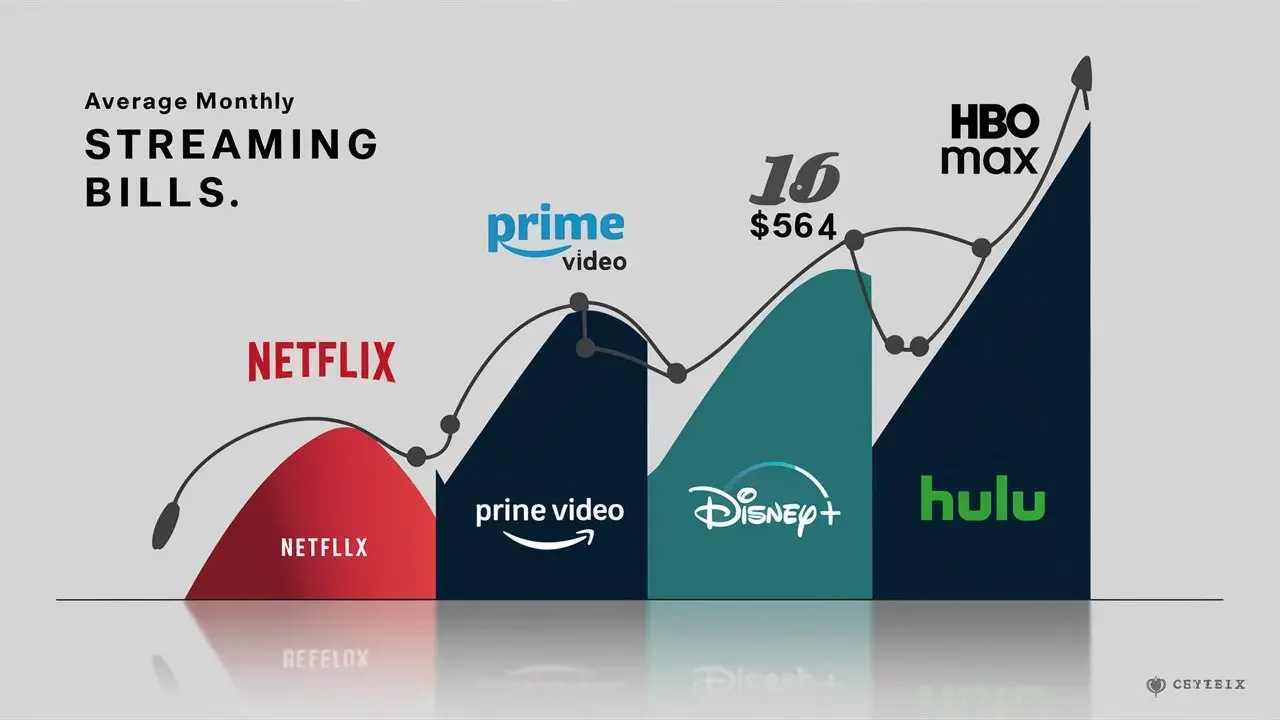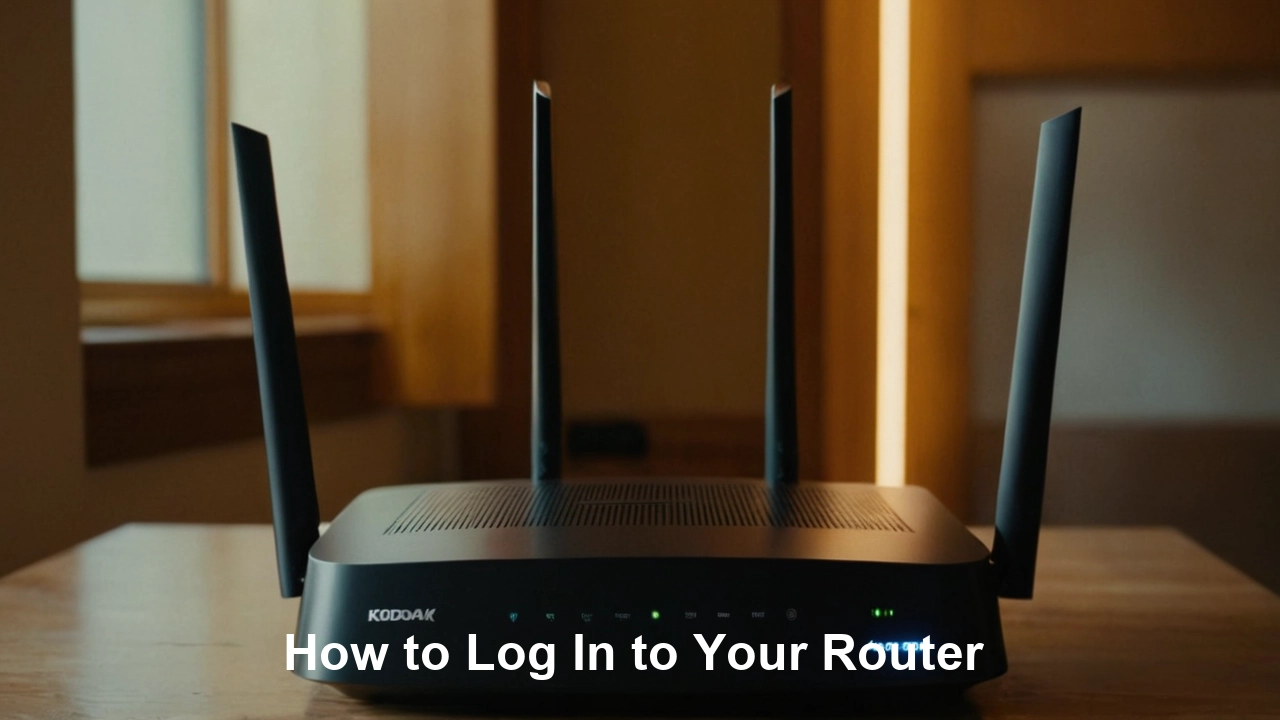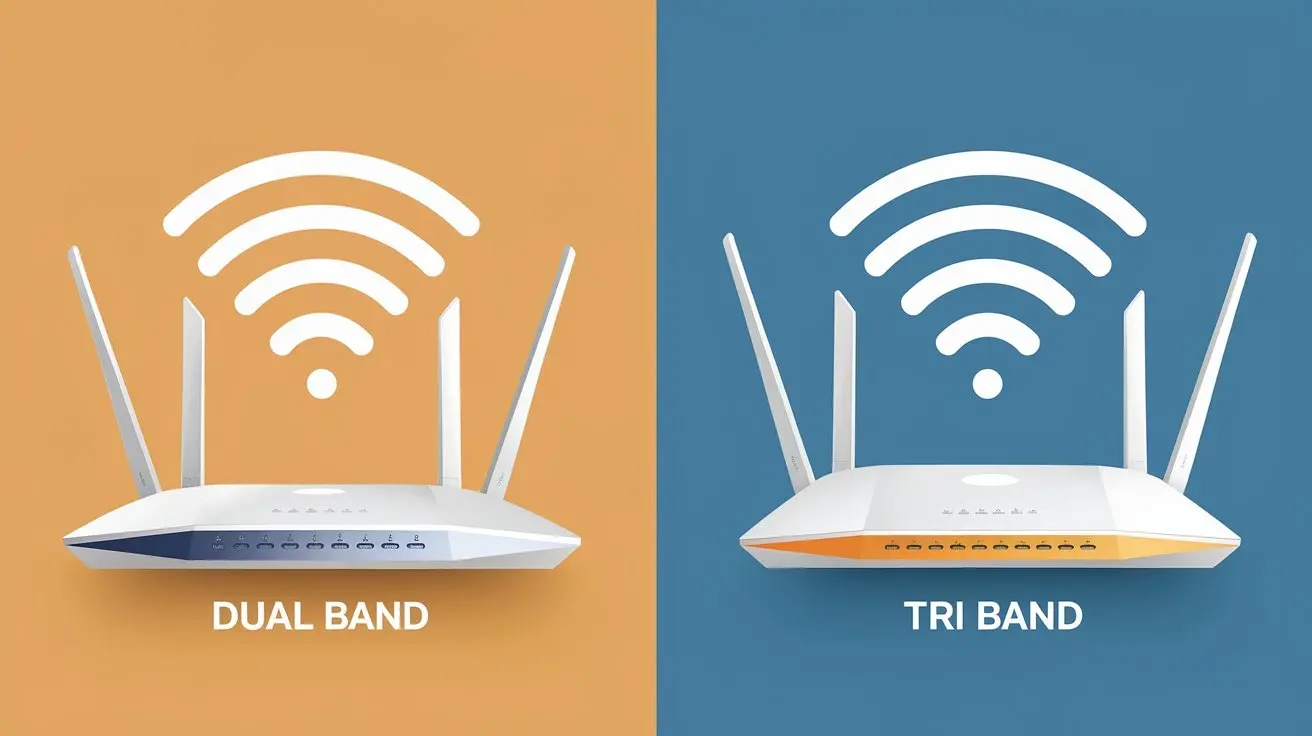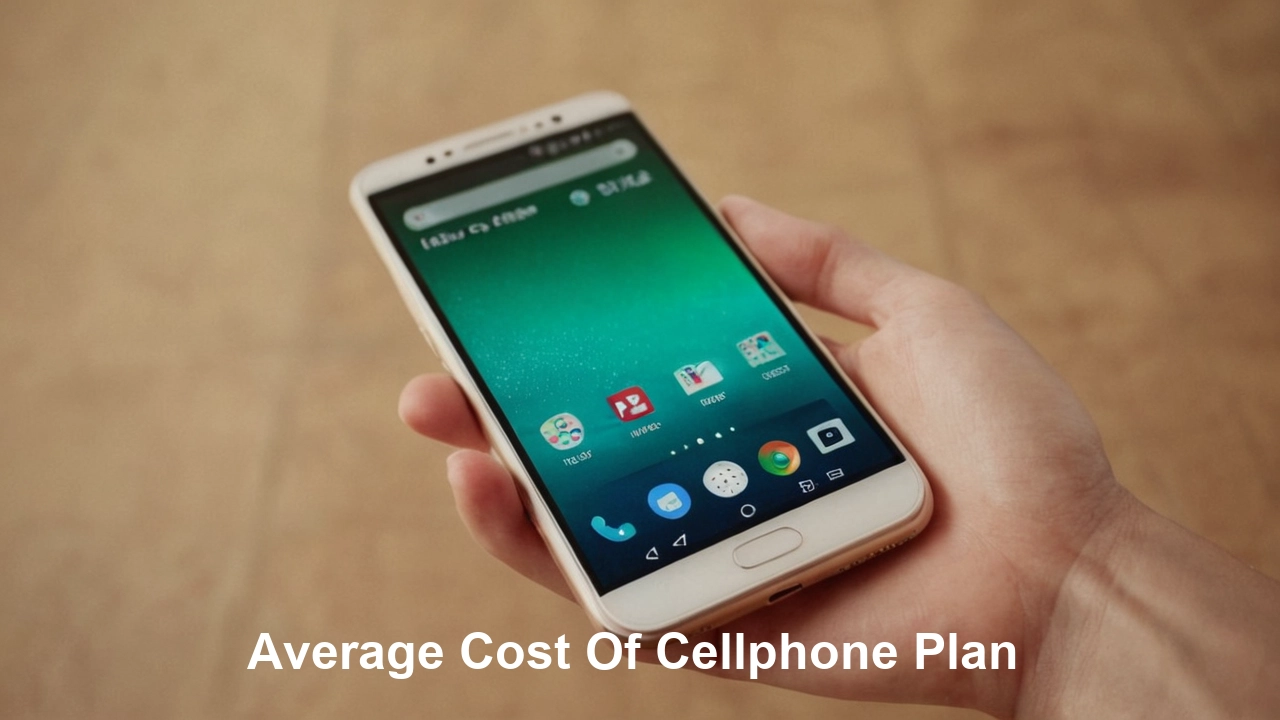
Media streaming has become a part of the lives of millions of individuals. The brief description ranges from video streaming to music and many more and as a result, it is a chance to open doors to immense collections in the form of entertainment that can last for hours. However, using today’s multiple services means using additional money every month as well. Therefore, what is the typical cost for a user to pay for streaming services per month?
Surging Streaming Subscriptions
This growth has been evident in the recent past, especially in the last decade. People can now stream their favorite movies and shows from providers like Netflix, Hulu, Amazon Prime Video, Disney +, and more, which has led to more consumers opting out of the traditional cable service. Paid subscription streaming video services have become a popular household entertainment in the United States; as of 2021, 83% of households claimed to be members of at least one. Audio streaming has also increased significantly as current figures show that Spotify and Apple Music alone both have over 180 million paid subscribers in 2022.
Accessibility coupled with flexibility resulting from streaming makes it a much more appealing proposition than watching scheduled television or owning discs. However, as new streaming apps are being released at a constant pace, consumers stand a chance of being charged too much if they are subscribing to many streaming apps at once.
Growing Monthly Expenses
As stated by analytics firm Deloitte, the typical American household consumes four streaming services on average and spends $47 on average collectively to do it by 2021. When going through the extra streaming costs in terms of music or podcasts, the total amount being spent rises even further.
The same data from Kagan consumer insights puts the average consumer spend on streaming at $46 in 2019. Thus, the average streaming bill has risen at a rate of about 2.2 percent per year as the trend with streaming reaches new heights. But streaming expenses still pale in comparison to the highest cable TV expense of $100 and even $200 per month.
Streaming service lineups and costs can vary significantly based on viewing habits and preferences:
- Netflix DVD rental which goes from $ 9.99 to $ 19.99 monthly.
- Hulu is one of the streaming service providers that offer their services at $6.99 to $12.99 for a month.
- AMAZON PRIME VIDEO ($8.99 TO $14.99 PER MONTH)
- Disney+ ($7.99 a month)
- HBO Max, the cost of which ranges from $9.99 to $14.99 per month.
- Apple Music ($12 per month)
- Spotify: App ($9.99/month)
New streaming services, such as ESPN+, Paramount+, and Peacock, have broadened the choice available. While the current streaming boom has given consumers hundreds of options, companies such as Apple, Discovery, Paramount, and others are only teasing more upcoming releases, meaning that streaming consumers may find their costs rise further in the future.
Strategies for Saving
Indeed, for most families, making $50 or more monthly for streaming does not constitute an issue in financial planning. However, for lower-income groups, it becomes virtually possible to amass subscriptions to various forms of entertainment which might push the entertainment budgets to the limit.
Although there is a vast coverage of streaming services, potential subscribers may wonder what measures they can take if streaming expenses begin to skyrocket.
1. Evaluate Needs vs. Wants
Analyze which services are crucial to sustain and which bring comparatively higher degrees of added value. For instance, cut down the unused music/podcast apps more radically than the favorite video streaming platforms.
2. Downgrade or Cancel Temporarily
Find out whether reducing the tires (e.g. Netflix HD to SD) or temporarily halting some services is sufficient to achieve a cost reduction. This is different from the complete deletion of your profiles/history data which is not good in case of account removal.
3. Rotate Services Strategically
If customers want to switch to another service, then it is advisable to switch during the release of new content or the onset of the new sports season and then cancel until the next relevant time. Just change it to remind them when to make sure they subscribe again to avoid missing an important alert.
4. Split Costs with Family/Friends
Some of the available services enable other users to use a particular account thus creating a new opportunity for saving money.
5. Watch for Discounts
Large stores like Target/Walmart usually offer streaming gift cards at a throwaway price or at least, one-time sales.
Balancing streaming versus cable or satellite programming to find the sweet spot means determining what programming is necessary and a monthly payment amount that you can make regularly indefinitely. Even if streaming is now slightly more expensive than it was a few years ago, it is likely to be cheaper than the cable of previous years, given the choice and freedom. Catch or be vigilant with your spending and change other aspects in the accounts whenever totals go high and are not reasonable.
Ready to upgrade your TV experience? Call us now at (877) 471-4808 to find the perfect Dish Network plan for you! Don’t miss out on great entertainment—our team is here to help you choose the best package and get you started today.





